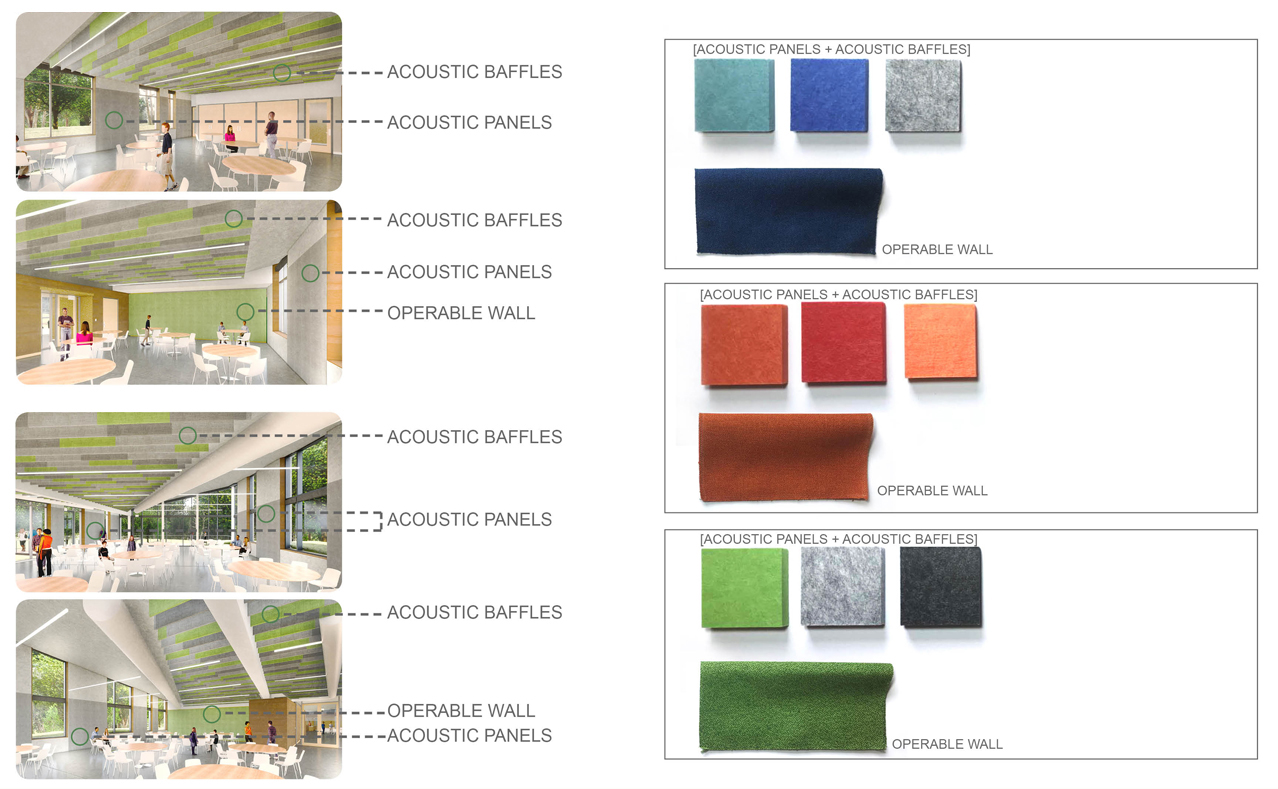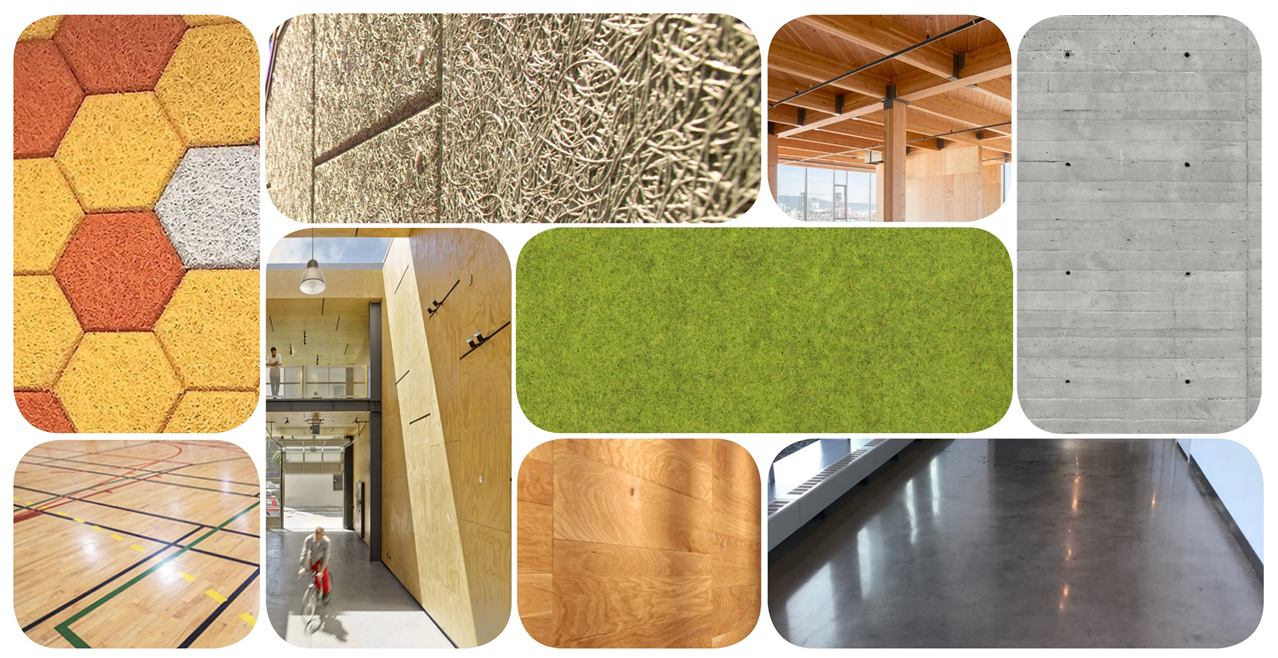“One surprising fact: it turns out 'eating locally,' while great for your community, isn’t a big climate change solution. What you eat is often more important than where it comes from.” – Tweet by PlanetVision (April 7, 2018)
Every week, VMDO hosts an event called Design Thursday. We close a little early, open a beer, and get together as an office to discuss issues that affect our work and our profession at large.
At a recent Design Thursday, we were lucky to have Anne Hicks Harney, FAIA, of Long Green Specs (LGS) – an expert in the development of sustainability-focused construction specifications – share her thoughts on materials and transparency in the built environment. While she was speaking, I was reminded of the PlanetVision tweet above. Recent studies show that the food choices you make (organic vs. non-organic; meat consumption, particularly red meat and other animal products) often matter more from a climate change perspective than where the food is coming from. This runs counter to the focus of the previous decade on “food miles” and the push to get more people to eat local. Priorities shift once you start measuring impact against what you are trying to achieve.

The sustainability movement has until recently been focused on resource depletion and solid waste management, best exemplified by the ever-present LEED checklist and the hours spent by project teams chasing points for energy performance and recycled content. Priorities are shifting, however: as Anne stressed, we are just beginning as a profession to understand that while zero energy buildings are great, it still takes years for a net zero energy building to recoup the embodied carbon of its construction. Discovery Elementary, our AIA COTE-award-winning zero-energy project in Arlington, VA, will not “pay off” the embodied carbon of its building materials until 2023. Just like with food, it’s those fundamental choices, like using wood instead of concrete or steel, that can have the greatest impact – not chasing that recycled content point.
Anne also made a strong argument for the importance of the building materials transparency movement, which is growing exponentially. As AIA 2030 Commitment signatories, we constantly strive to deliver zero-energy solutions, which in our ever-humid climate often rely on tight building envelopes and direct outdoor air systems (DOAS). Now, more than ever, it matters what our buildings are made of, and how those materials might affect occupant health and wellbeing.
For VMDO, our priority is to create safe and healthy learning, living, and playing environments for our clients and for the communities in which we work. An important first step is to simply eliminate all materials we don’t absolutely need – reducing the number of materials and designing out the need for less-healthy coatings and maintenance protocols. For remaining materials, we focus on asking for product ingredients and specifying materials that have the least negative health effects (for occupants, for construction workers, and for those who made the product). However, in terms of priorities and scale of impact, Anne reminded us that while getting a “Red List free sealant” for your building is an accomplishment, we have the greatest positive impact by educating manufacturers and product reps about the importance of transparency and encouraging them to improve their products. When we use the power of the market to transform how things are made, the quality of the building materials improves, and everyone benefits.

